10 Interesting Table Saw Facts & Statistics With Types & Safety Features
-
Pete Ortiz
- Last updated:

Contractors, woodworkers, and regular folks that like to do their own cutting speak highly of table saws. They are reliable, easy to master, and do a great job of making accurate, precise cuts. One of the best things about these machines is how fast they get the work done. That’s exactly why they get so much praise.
However, most of us know very little about table saws. But that’s about to change right now! To help you get to know these rough-tough machines a little bit better, we decided to make a list of the 10 most interesting facts about table saws. So, buckle up, sit back, and let’s dive into the amazing world of table saws!
The 10 Table Saw Facts & Statistics
Are you the proud owner of a full-fledged table saw? Or maybe you’re only planning to buy a new machine for your workshop? In any case, if you’re interested in table saws and are eager to learn more about them, we’ve got your back! Here are the most interesting facts about table saws that you don’t want to miss. Let’s get to it!
1. The Table Saw Market Will Exceed $800 Million by 2026
In 2019, the global market for table saws was $640 million. A year later, it grew to $730 million. And now it’s predicted to go over the $800 million mark by 2026. Despite the pandemic and the challenging economic situation, the world is slowly going back to growth. With COVID-19 restrictions being gradually lifted, it allows businesses to resume full-scale operations. Table saws are used for cutting wood, plastic tubes, and metal.
That makes them an essential instrument in construction and many other industries. So, by 2026, the market might get even bigger. Right now, it’s growing at a 1.5% rate.
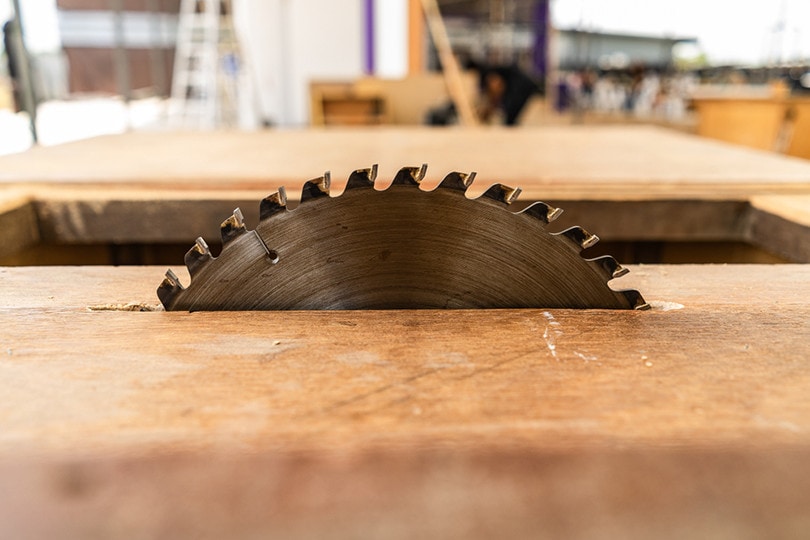
2. Asia-Pacific Dominates the Sliding Table Saw Market
Did you know that Asia and the Pacific (APAC) is home to 4.3 billion people or 60% of the world’s population? That’s right, and currently, the sliding table saw market over there is the biggest one, with a CAGR of 4.3%. Rapid urbanization is driving the region’s economy, which, in turn, boosts the industry. With that said, the North American market is expanding at a very impressive rate and is expected to beat APAC.
In 2018, the global market for sliding table saws was approximately $400 million; by 2026, it is expected to hit $540 million, with a CAGR of 4.25%.
3. Germany and Italy Produce Most of EU’s Sliding Table Saws
The EU is the third-biggest market after APAC and North America. And Germany and Italy are leading the industry, manufacturing most sliding table saws on the continent. Europe is also projected to achieve steady growth in upcoming years. Thanks to the exponentially increasing market of designer furniture, a CAGR of 2.0% is a very realistic prediction.
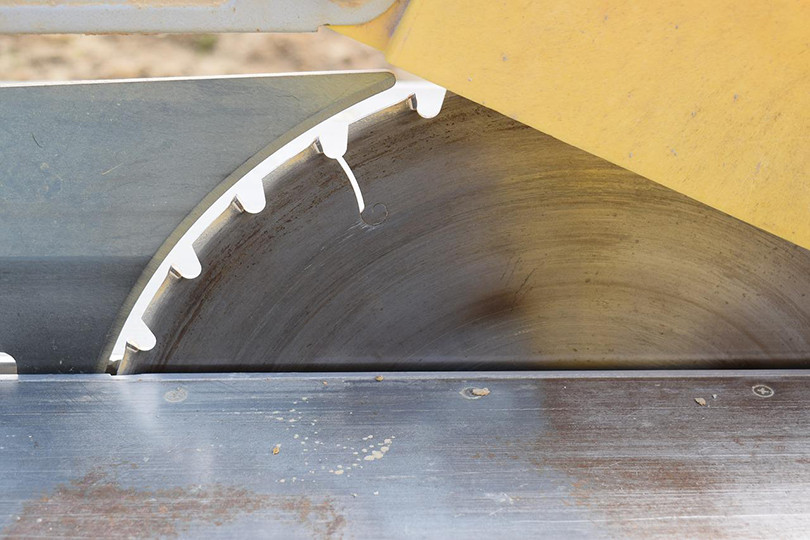
4. Companies Sold 2,700 Tons of Saw Blades in Japan in 2020
There won’t be any cutting without the blades, and in 2020, international companies managed to sell 2,700 tons of saw blades—quite an impressive result. That was a 55% boost compared to 2019 and the highest registered volume for Japan. Well, this shouldn’t come as a surprise because we just learned that Asia-Pacific is the fastest-growing market for saw tables, and this country is a part of that region.
By the way, Japan has its own unique saws. They cut on the pull stroke, give you a nice, accurate cut, and come at a very low price. Japanese saws can’t handle wide timber, though, let alone metal.
5. In the US, Table Saws Cause 35,000–40,000 Injuries a Year
Almost 40,000 American citizens are injured by table saws every year—that’s the sad reality. This has a lot to do with how table saws work. Instead of the blade cutting the material in a circular motion or going up and down, the operator has to push the material towards the blade. Fractures, severe lacerations, avulsions, and, regretfully, amputations account for 86% of those injuries.
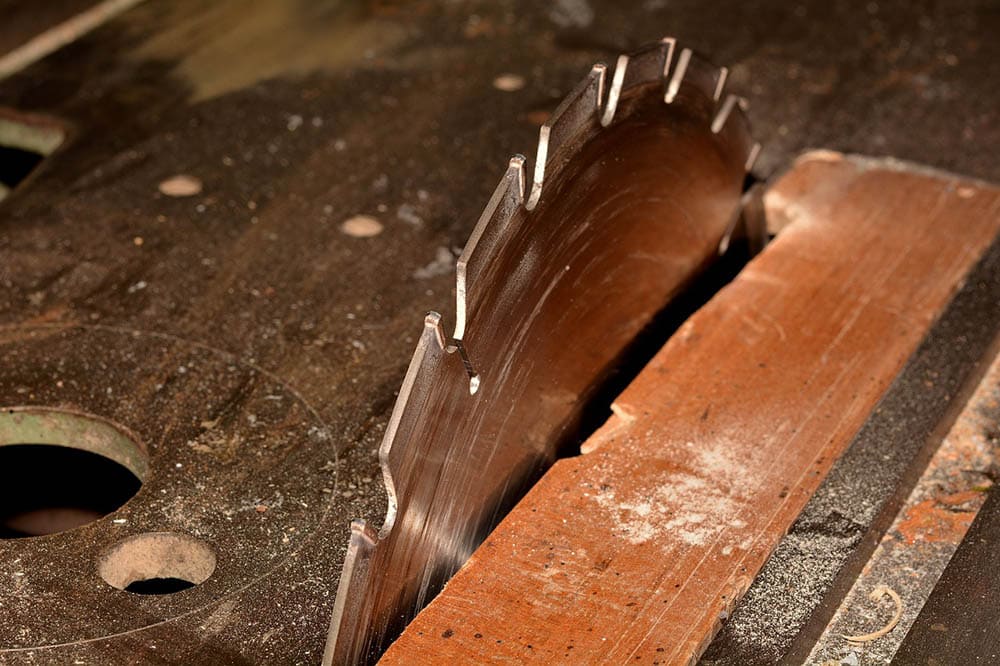
6. Table Saws Are Responsible for Around 50% of Workshop-Related Amputations
Of all the injuries that occur in US workshops and lead to amputations, 52.4% are caused by table saws. Approximately 4,000 table saw injuries end in amputations. On average, that means 9–10 amputations per day. These traumas cost American society more than $4 billion.
7. Table Saw Accident Victims Can Seek Compensation
If you were unfortunate enough to get injured in a table saw accident, you may qualify for a lawsuit. Table saw companies have introduced a lot of improvements over the last 10–15 years, including advanced safety features. However, table saws are still very dangerous. So, if you’ve suffered an injury, you should seek settlement compensation with the brand.
This is important: SawStop’s flesh-detecting sensors were introduced in 2003. However, most saws built before 2010 didn’t even have riveting knives installed (to avoid extra production costs). But in 2014, Brandon Stollings, a former contractor, won a case against Ryobi, a table saw manufacturer. The compensation was $1.25 million. And this is just one of the many ongoing cases.
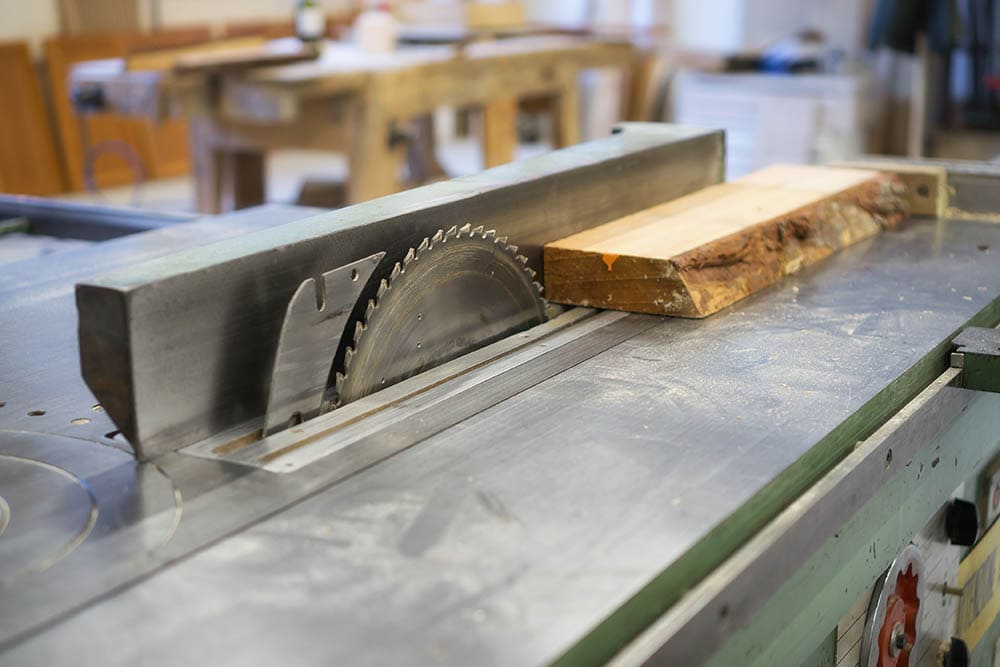
8. Table Saws Were Invented in 1878
The very first spinning blade was introduced to the world back in 1777 by Samuel Miller. It was heavily used for cutting lumber in sawmills across the country (the blade was made in England). But wait—what about table saws? They hit the international markets 101 years later (in 1878, to be exact) and propelled the woodworking industry to the next level.
As for portable saws, it took the world’s scientists and manufacturers five more decades (and the invention of electricity) to build them. These days, circular, table and portable saws don’t surprise anyone, but back in the day, these inventions played a big part in both the first and the second industrial revolutions.
9. On Average, Table Saws Serve for Over 10 Years
Compared to other power tools, table saws boast an extended lifespan. These low-maintenance, easy-to-operate machines can last for up to a decade, or even more, depending on how often you use them. This applies to both compact and stationary saws, by the way (we’ll talk more about them in a moment).
They’re built in a way to withstand hours of hard work and don’t wear out or break. You will have to clean them regularly, of course. Also, don’t forget to lube the blades, pivots, and gears for extra efficiency. Speaking of the blades, you will have to replace them once in 6–24 months. Otherwise, they will fail at making precise, accurate cuts.
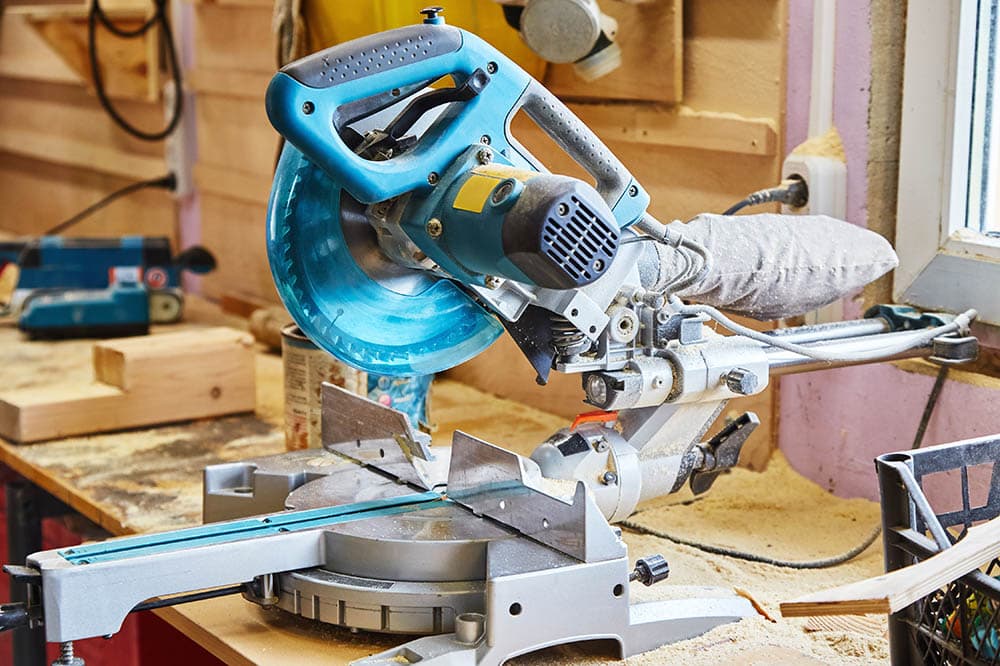
10. There Are 8 Different Types of Table Saws
When it comes to saws, there’s a lot of variety on the market. We’ve got the band, jig, circular, scroll, and, of course, table saws. And if we dive a bit deeper, we’ll see that there are eight different types of table saws which are further divided into two “subcategories”: stationary and portable.
- For this saw to work, you need to mount it onto a bench or a table. Benchtops are lightweight, easy to carry around, and incredibly cheap. That makes them a perfect DIY pick.
- Can’t seem to decide between portable and contractor saws? Then go with a compact model. They’re quite effective, efficient, and reasonably priced.
- Mounted on a stand, these table saws are highly praised by professional woodworkers. Portable, yet rigid and tough, Jobsite saws are well worth the investment.
- Introduced decades ago, contractor saws are stationary by design (but sometimes equipped with wheels). Durability, accuracy, and an extended lifespan make them a valuable purchase.
- Expensive, heavy, and hard to move around, cabinet saws are extremely accurate, long-lasting, and handle a wide range of cutting tasks.
- As the name suggests, these saws are the golden middle between contractor and cabinet units.
- Also known as the European saw, it’s mostly used for cutting MDF and plywood. The sliding table saw is also great at ripping and cross-cutting heavy and large materials.
- Mini/micro. Yes, these models are very small and can only handle tiny pieces of wood. But, they are incredibly lightweight and portable.
Table Saws Are Perfect for Cutting Straight Lines
Table saws carry excellent value. Even if you’re not a contractor who makes a living cutting wood, metal, or plastic, such a machine will be a great purchase for your personal workshop. As mentioned, these saws are available in various configurations. That allows a potential buyer to find the perfect fit for their needs. In addition, they are very easy to operate and require minimal maintenance.
Now, table saws aren’t as flexible as band saws or miter saws. Furthermore, if you’re an amateur woodworker, please remember that these machines aren’t particularly safe. They are just right for cutting straight lines for dados, ripping wood, and cross-cutting, though. Besides, table saws get the job down quickly and can handle a wide range of cutting tasks.
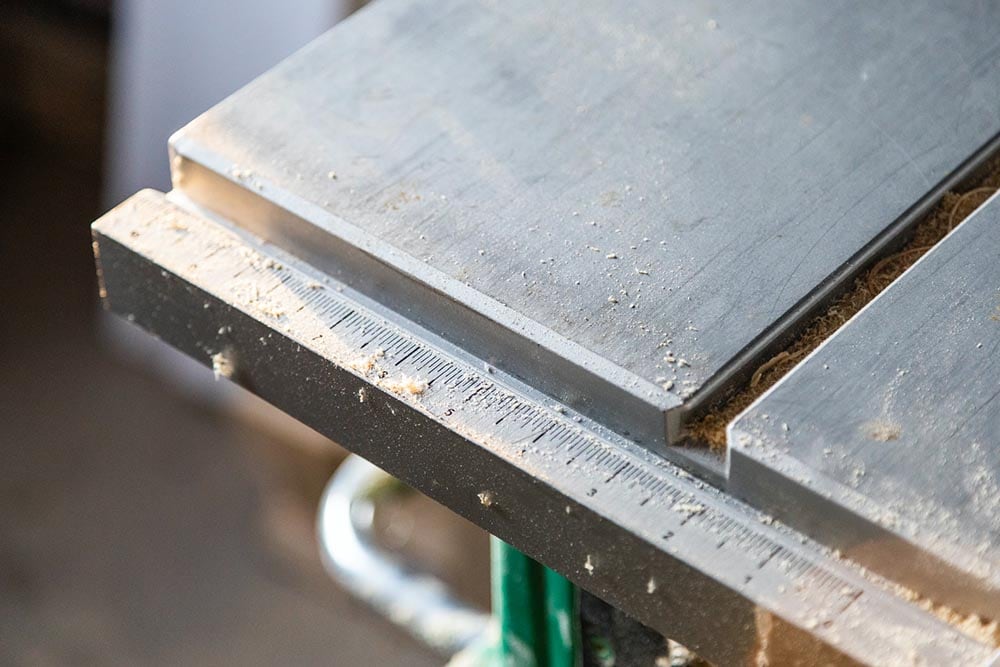
Table Saws Have an Abundance of Safety Features
The very concept of a table saw makes it rather dangerous for the person operating it. That’s why there are lots of features/mechanisms that aim at preventing injuries and ensuring the safety of the operator:
- First, we’ve got the anti-kickback pawls. Without this system, when a piece of wood is ripped and “thrown” back at the sawyer (which happens quite often), nothing will protect them. In other cases, the hands of the operator are pulled right into the blade. Anti-kickback pawls protect against that as well. Just mount them on the left or right side of the splitter, and that’s it.
- Riving knives also do a decent job of minimizing kickback by following the blade’s movements and preventing jamming. They achieve that by creating a gap between both sides of the board. These knives are very cheap and easy to install.
- And what about push sticks? As the name suggests, these sticks allow you to work with the cutting material from a distance, thus avoiding any injuries. Also known as push blocks, push sticks are as simple as they come. Essentially, it’s a pair of long, lightweight pieces of wood.
- A magnetic switch, in turn, is a life savior if blackouts are a regular thing in your area. The second there’s a power outage, it switches the table saw’s power off. This way, it protects the machine from an overload. More importantly, it prevents it from turning back when you least expect that.
- Intelligent sensors. Developed by SawStop, these sensors command the saw to stop when human skin contacts the blade. Our bodies carry electricity, and our skins are conductive. The blades manufactured by this company carry an electrical signal, and when it is altered, the built-in system shuts everything down. You will have to pay extra for this feature, of course.
- Finally, the blade guard does exactly that: it prevents the blade from hurting the operator. On top of that, it protects them against dust, debris, and kickback. Blade guards aren’t ideal, of course, but we would still recommend having them on when working with a table saw.
Table Saws Can Be Very Affordable
How much for a decent table saw? There are no hard and accurate answers here, as it depends on what kind of a machine you’re looking for. Different table saws specialize in cutting different materials and shapes. Yes, the price range is quite large, and it’s dictated by how big, powerful, versatile, and long-lasting the saw is. For example, you can get a decent-quality benchtop saw for $100–$200.
A portable saw will cost you $400–$1,000. And then we have full-size cabinet table saws (the most expensive option) that will set you back $15,000–$16,000, or even more. The “sweet spot” for table saws is $500–$2,000. So, the best thing you can do here is either check current prices online (say, on the manufacturer’s official website) or contact customer support to get a close estimate for your area.
 Conclusion
Conclusion
At a glance, table saws might not look very exciting. Essentially, they’re heavy-duty, industrial tools, just like band, scroll, and jigsaws. But today, we learned lots of interesting things about these machines, like market predictions, historical facts, the number of annual injuries, and more. True, you might not necessarily need any of this information when cutting wood, metal, or plastic.
However, it’s always better to know a little bit more about the equipment that you’re working with, especially when it comes to safety. So, make sure to check back with us more often to learn even more exciting facts! Also, don’t forget to share your newly-obtained knowledge with friends and colleagues.
- You might also like: Hitachi C12FDH vs DeWalt DW715: Which One’s Best?
- Table saw injuries: epidemiology and a proposal for preventive measures
- FNF Research: Global Table Saws Market Expected to Reach USD 823.5 Million by 2026
- Table Saws Market Share Survey [ 2022-2026 ]
- Sliding Table Saw Market: Information by Type
- Table Saw Accident Victims May Qualify to File a Lawsuit and Seek Settlement Compensation
- Heygood, Orr & Pearson Wins $1.25 Million Verdict for Table Saw Accident Victim
- Woodworker Magic – How Long Does A Table Saw Last?
- An unusual case of suicide: Near decapitation by a modified table saw
- Sales volume of saw blades in Japan from 2012 to 2020
- Circular Saw and Table Saw History
- Table Saws 101 – Everything You Need To Know
- Wikipedia – Table saw
- Your Table Saw Buying Guide In 2022
- National Consumers League – Table Saw Blade Contact Injuries
- How To Choose a Table Saw
- Average Table Saw Cost (With 15 Examples New and Used)
- Second Industrial Revolution
- Japanese saw
- Asia and Pacific Population Trends
- Compound Annual Growth Rate (CAGR)
- SawStop Saws Detect Contact With Skin
Featured Image Credit: lunadoc, Shutterstock
Contents



